Märt Läänemets. ‘Gaṇḍavyūha-sūtra kui ajalooallikas (The Gaṇḍavyūha-sūtra as a Historical Source)’. Dissertationes Historiae Universitatis Tartuensis 17. PhD diss., Tartu University, 2009. 281 pp. [abstract / PDF]
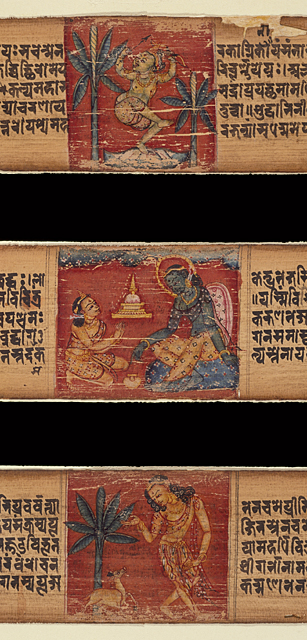
Läänemets’ dissertation, written in Estonian, also comes with a detailed English summary (pp.263‒274).
Allow me to briefly take up a couple of points mentioned in the summary. Firstly, it is surprising that the writer concludes that the Gv was composed in Central Asia “on the basis of extra-textual historical facts”, even though it is pointed out that the action takes place almost entirely in identifiable sites in South India (p.269).
Secondly, it is stated that the “Gv reached Nepal… no later than the middle of the 12th century, but likely a century or two earlier” (p.268). Here Läänemets refers to an MS dated ~1166 CE, which he describes as the oldest and “only [this must be a typo] extant text”. There is no reason to think that the Gv was not circulating in Nepal in approximately the same period that it began to circulate in the rest of South Asia, even if very few palmleaf MSS have survived. For instance, Kamalaśīla, who prescribes the recitation of the Bhadracārī (which was attached to the Gv by Kamalaśīla’s time, the late eighth century) as part of a bodhisattva’s routine in his first Bhāvanākrama, is said to have resided in Nepal, where such texts were presumably already well known.
One Nepalese MS which is not mentioned is an illustrated palmleaf codex, preserved in just a few folios across two collections in the United States: at LACMA [see right; link], and Brooklyn Museum [link]. Although the folios at LACMA have been studied by the inimitable Dr. Gautam V. Vajracharya, I do not know whether these two remarkable leaves have been identified as constitutents of the same codex, as they manifestly appear to be.



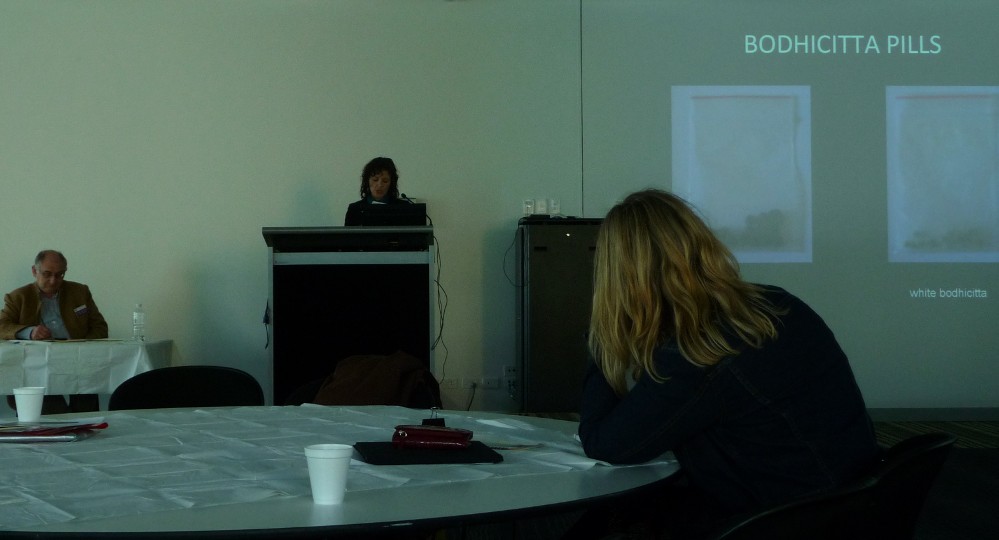
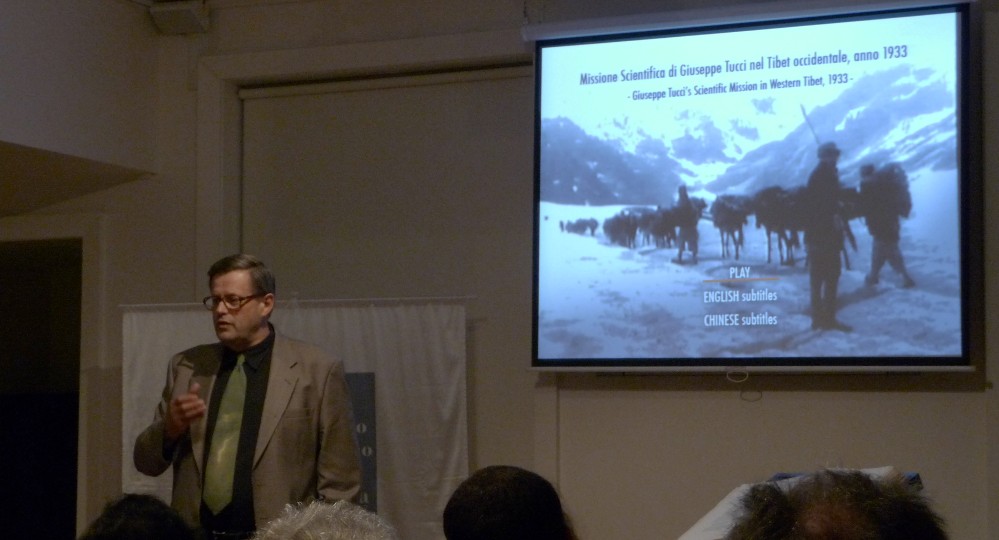
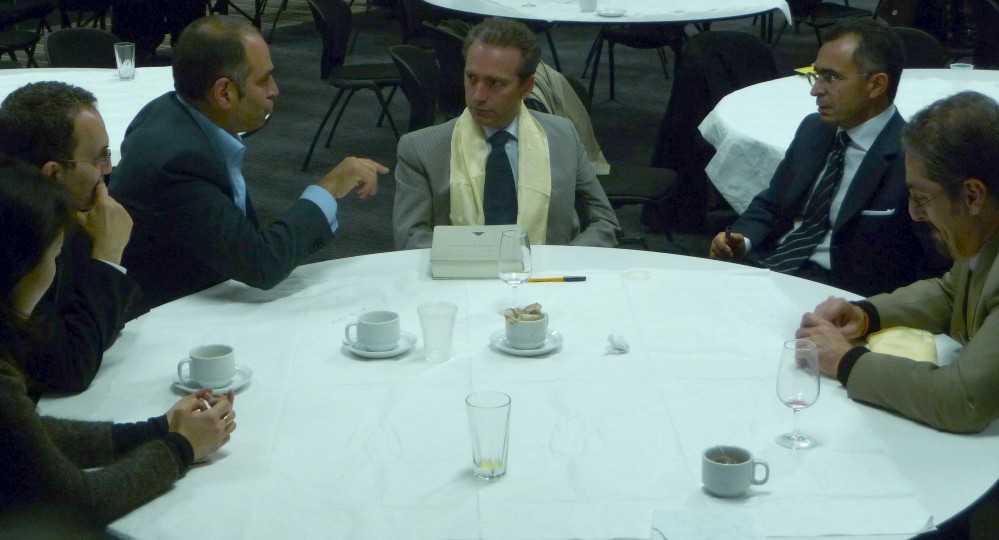
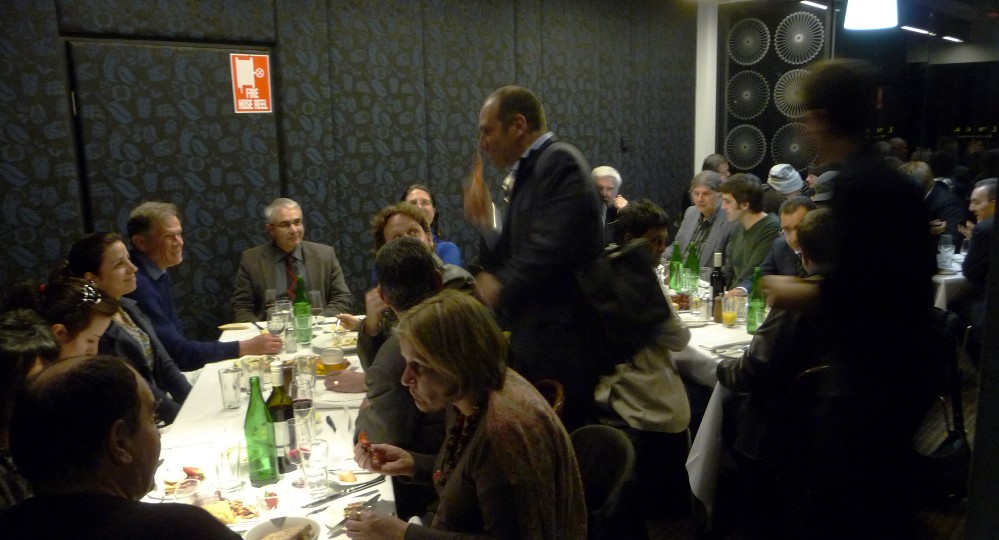
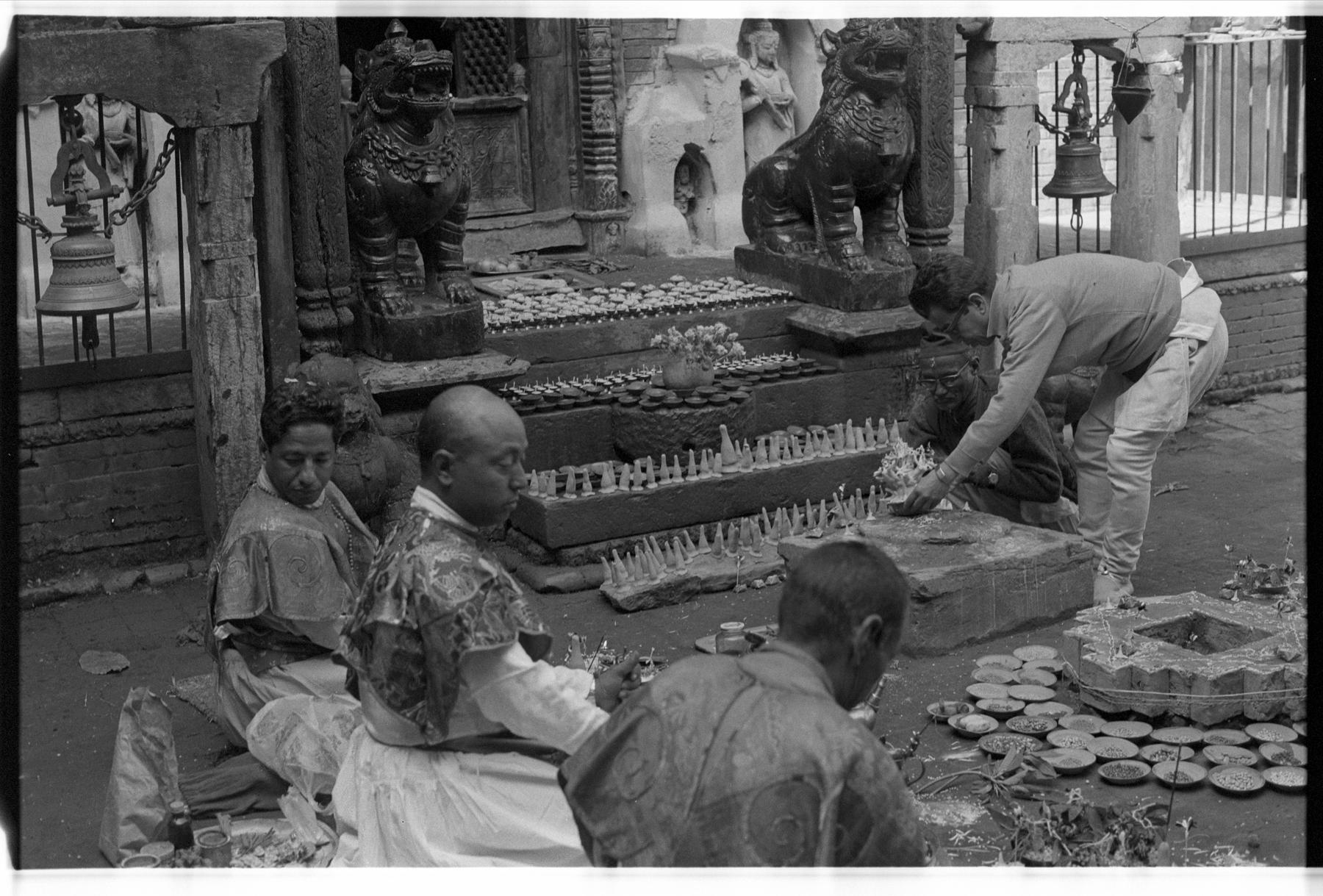
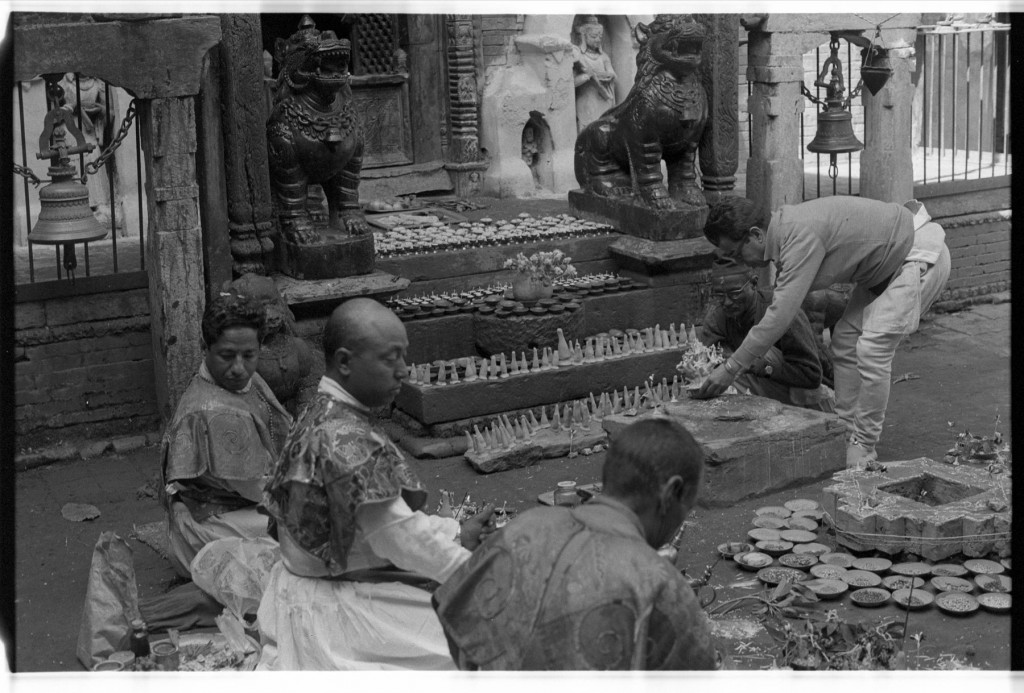
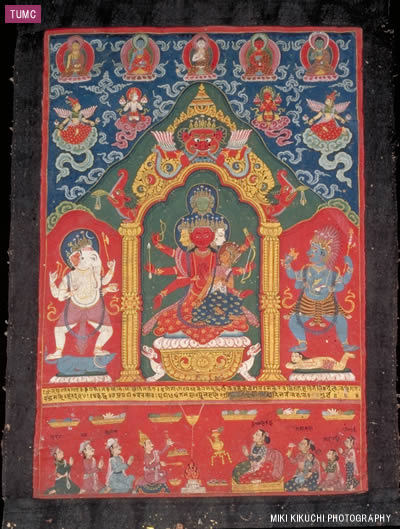

 Yesterday, while visiting Kathmandu’s tantric sites with a number of scholars, we ran into a full-scale riot triggered by the cancellation of animal sacrifice. The normal thing to do on this day of the year, the conclusion of Indra Jātrā, is to offer living animals to the Bhairava worshipped in the festival. This year, however, royal patronage has been withdrawn for the first time, so that the government now foots the bill. And the government refused to pay for the traditionally prescribed slaughter. The result: spontaneous rioting, pitched street battles, city-wide disruption and “lockdown” (
Yesterday, while visiting Kathmandu’s tantric sites with a number of scholars, we ran into a full-scale riot triggered by the cancellation of animal sacrifice. The normal thing to do on this day of the year, the conclusion of Indra Jātrā, is to offer living animals to the Bhairava worshipped in the festival. This year, however, royal patronage has been withdrawn for the first time, so that the government now foots the bill. And the government refused to pay for the traditionally prescribed slaughter. The result: spontaneous rioting, pitched street battles, city-wide disruption and “lockdown” (